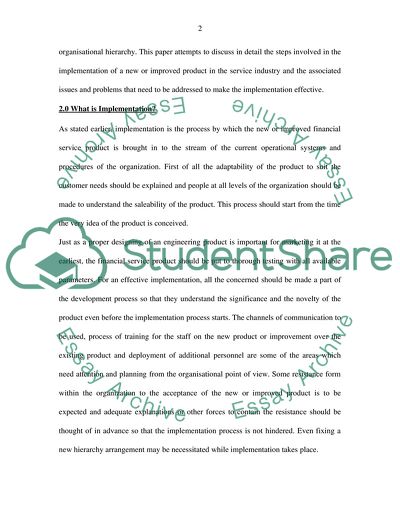Cite this document
(“IMPLEMENTATION OF NEW OR IMPROVED PRODUCT IN SERVICES INDUSTRY Essay”, n.d.)
IMPLEMENTATION OF NEW OR IMPROVED PRODUCT IN SERVICES INDUSTRY Essay. Retrieved from https://studentshare.org/miscellaneous/1539359-implementation-of-new-or-improved-product-in-services-industry
IMPLEMENTATION OF NEW OR IMPROVED PRODUCT IN SERVICES INDUSTRY Essay. Retrieved from https://studentshare.org/miscellaneous/1539359-implementation-of-new-or-improved-product-in-services-industry
(IMPLEMENTATION OF NEW OR IMPROVED PRODUCT IN SERVICES INDUSTRY Essay)
IMPLEMENTATION OF NEW OR IMPROVED PRODUCT IN SERVICES INDUSTRY Essay. https://studentshare.org/miscellaneous/1539359-implementation-of-new-or-improved-product-in-services-industry.
IMPLEMENTATION OF NEW OR IMPROVED PRODUCT IN SERVICES INDUSTRY Essay. https://studentshare.org/miscellaneous/1539359-implementation-of-new-or-improved-product-in-services-industry.
“IMPLEMENTATION OF NEW OR IMPROVED PRODUCT IN SERVICES INDUSTRY Essay”, n.d. https://studentshare.org/miscellaneous/1539359-implementation-of-new-or-improved-product-in-services-industry.


